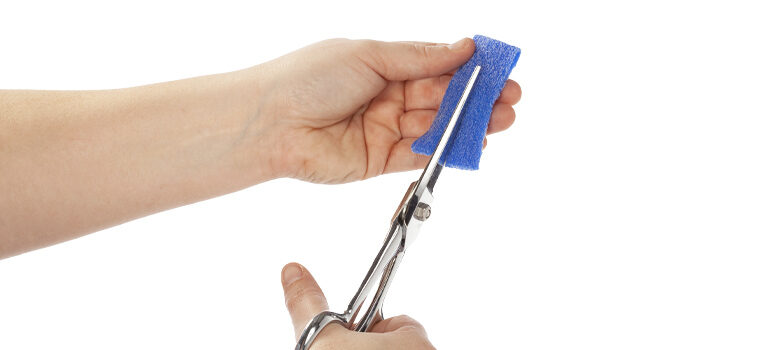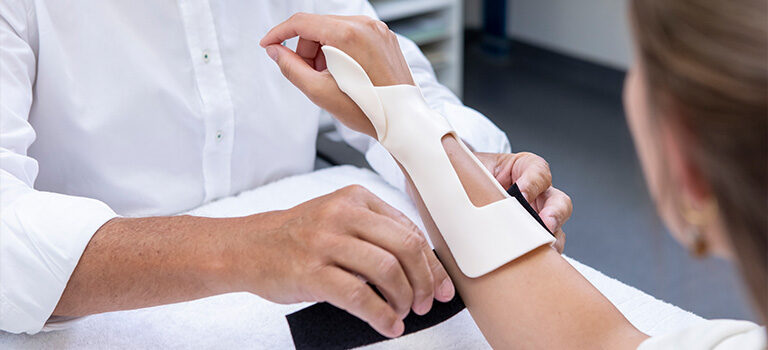
5 Safety Measures in the Orthotic Fabrication Workspace
How safe is your workspace for orthotic fabrication?
What steps do you take to ensure safety for yourself and for your patient while preparing an orthosis?
There are so many factors to consider while fabricating an orthosis for a patient. You need to:
- Be familiar with the specific clinical diagnosis and be aware of the anatomical structures that must be immobilized or mobilized;
- Understand the protocol for treatment;
- Select an appropriate orthotic design that will help your patient’s rehabilitation;
- Choose the most suitable thermoplastic material for the specific orthotic design;
- Possess good cutting and molding skills.
And last but not least, you also need to be aware of and practice good safety measures in your workspace.
Here are 5 practical measures to ensure a good and safe outcome for all.
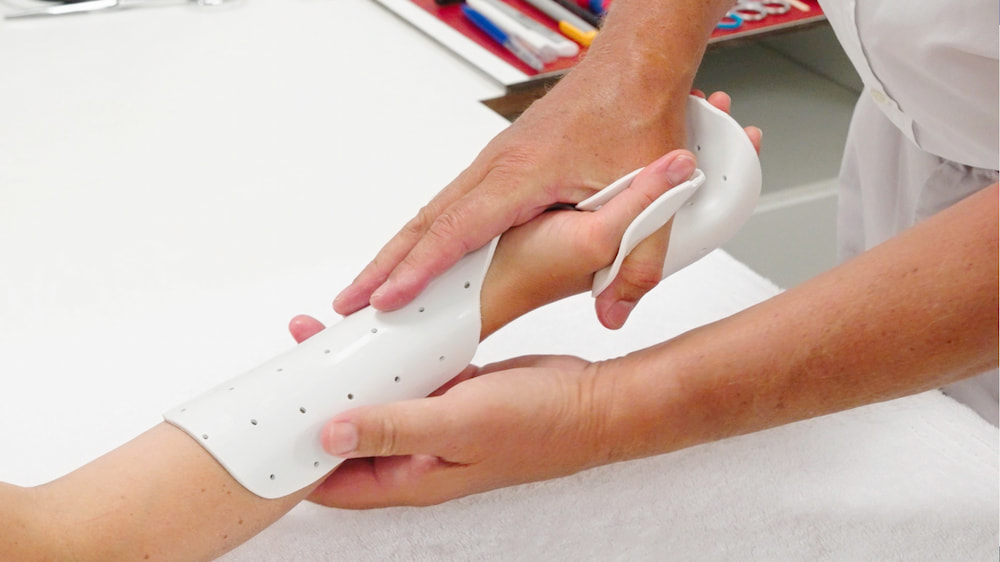
1. The thermoplastic heating method
The splint pan or water bath is the best way to activate thermoplastic material as it does this evenly, gradually, and not too quickly.
The correct temperature for material activation is 65°C-70°C (149°F-158°F).
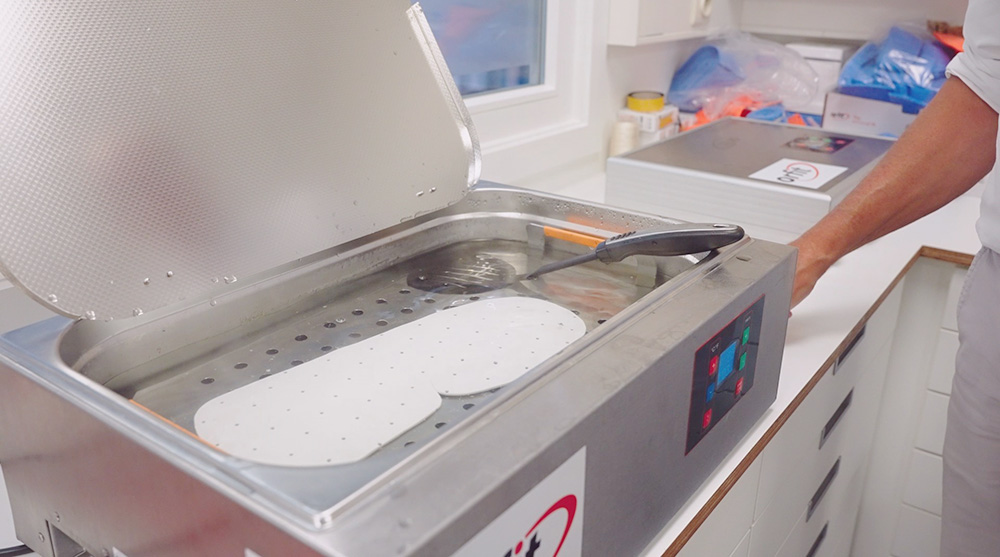
The heat gun is best used for “superheating” or when sticking parts of an orthosis together and for attaching Velcro hook or loop strapping.
It is not the best method to activate thermoplastic material for molding, because this source of direct heat is too hot with temperatures from above 93°C-540°C (200°F-1000°F). The heat gun can cause the thermoplastic to get way too soft only in a small segment at a time.
The material is not evenly heated and parts of it can potentially burn the skin of your patient.
2. Ventilation in the workspace
Make sure your workspace is well-ventilated to avoid any possible fumes while heating your materials.
A good rule of thumb is that if you can smell fumes or burning, you might have placed material too close to the heat source. You may not have enough air circulating in the space. Open a window or use a fan to help circulate the air.
3. Your tools
The tools used for orthotic fabrication are very important.
Always purchase the best possible cutting and working tools to help protect your hands and avoid stress to your joints.
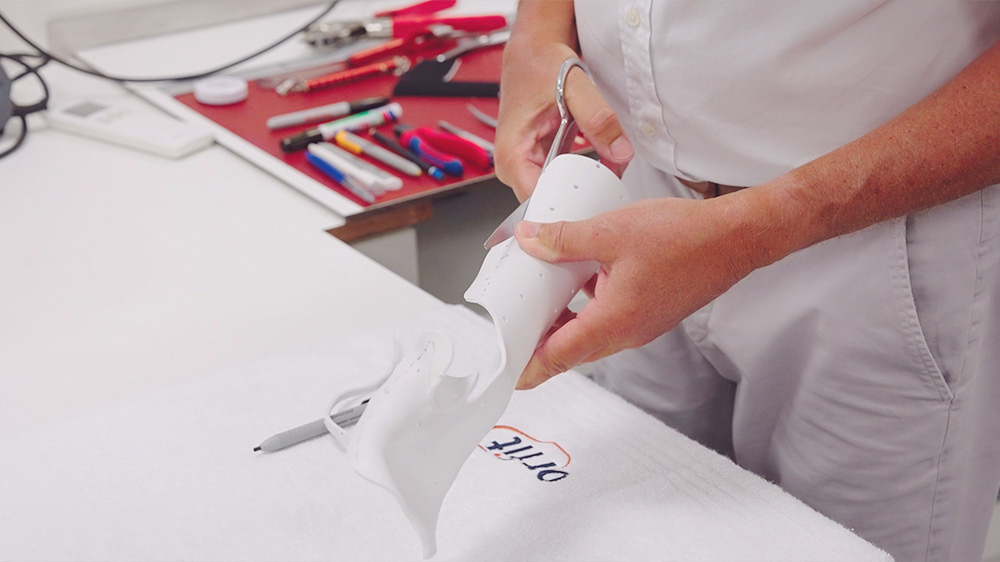
Your special tools must be kept sharp, but this also means that they might actually pose a risk to you and your patients. So keep a few safety measures in mind:
- Keep your tools near the workspace;
- Close scissors after cutting;
- Place utility knives back in drawers when you are finished;
- Keep all tools out of the patient’s reach;
- Close the lid of the splint pan;
- Turn the heat gun to the cooling setting when you walk away.
4. Thermoplastic temperature
Do you usually check the temperature of the thermoplastic material before applying it to your patient’s extremity? Good! Because this is a critical step.
Ensure that the temperature of the activated material will not burn the patient. Test the material on your own skin before applying it to the patient. Take time to pat the material dry before application.
Also, remember that pediatric skin can burn more readily than adult skin, so be extremely careful.
A layer of stockinette or several layers of wet paper towels placed on the skin and under the thermoplastic material can be good additional safety measures.
5. Proper positioning
Work close to your patient and make sure both of you are comfortable with the positioning.
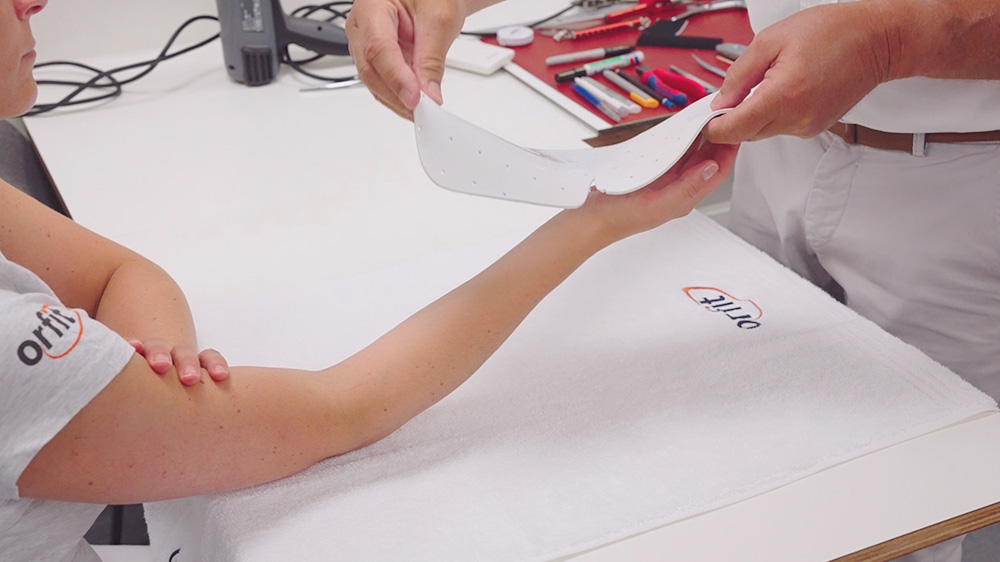
Never strain across a table to place the thermoplastic material on your patient and make sure they are not straining either. Find a position at the corner of a table so that the patient’s involved extremity is directly in front of you.
If possible, use narrow tables, as wider ones require you to reach way across them, possibly straining your back.
Follow these basic measures to ensure safety for both you and your patients. Protect yourself for many years of well-being and orthotic fabrication!
![]()

Written by Debby Schwartz, OTD, OTR/L, CHT
Physical Rehabilitation Product and Educational Specialist at Orfit Industries America.
Debby is a certified hand therapist with over 36 years of clinical experience. She completed her Doctorate of Occupational Therapy at Rocky Mountain University of Health Professions in 2010. She has worked at Orfit Industries America as Product and Educational Specialist since 2007.
Debby is also an adjunct professor at the Occupational Therapy Department of Touro University, School of Health Sciences, and at the Occupational Therapy Department at Yeshiva University, Katz School of Science and Health in NYC. She has written many book chapters in the field of hand therapy and multiple articles for hand therapy journals, including the ASHT Times and the Journal of Hand Therapy. She has published a new textbook on orthotic fabrication together with Dr. Katherine Schofield, entitled “Orthotic Design and Fabrication for the Upper Extremity: A Practical Guide”.
![]()
If you’d like to receive the latest product updates and interesting Orfit news, subscribe to our newsletter:


